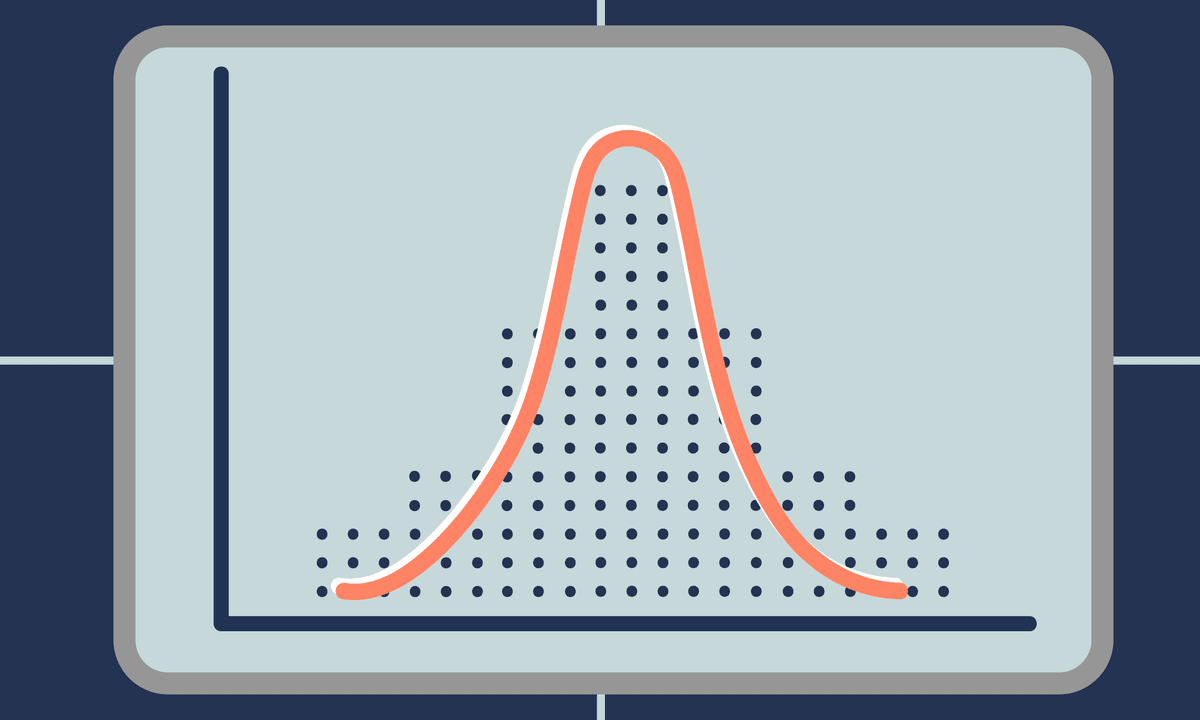
Description
In this course, you will learn to analyze data in terms of process stability and statistical control and why having a stable process is imperative prior to perform statistical hypothesis testing. You will create statistical process control charts for both continuous and discrete data using R software. You will analyze data sets for statistical control using control rules based on probability. Additionally, you will learn how to assess a process with respect to how capable it is of meeting specifications, either internal or external, and make decisions about process improvement.
This course can be taken for academic credit as part of CU Boulder’s Master of Science in Data Science (MS-DS) degree offered on the Coursera platform. The MS-DS is an interdisciplinary degree that brings together faculty from CU Boulder’s departments of Applied Mathematics, Computer Science, Information Science, and others. With performance-based admissions and no application process, the MS-DS is ideal for individuals with a broad range of undergraduate education and/or professional experience in computer science, information science, mathematics, and statistics. Learn more about the MS-DS program at https://www.coursera.org/degrees/master-of-science-data-science-boulder.
Tags
Syllabus
- Understanding Process Variation, Process Control and Control Charts
- In this module, you will learn how to define a process and break it down into components for the purpose of identifying potential sources of variation. You will learn how to classify variation into common and special causes through the use of a control chart. You’ll discover the Taguchi Loss function, and how it relates to the philosophy of quality, and its association to the product control and process control cycles. You will learn the basic anatomy of a control chart as well as the process used to create a control chart, and common errors encountered when using a control chart in practice. You will be able to calculate an appropriate sample size, as well as determine when a process is in control or out of control based on statistical rules.
- Xbar and R / Xbar and S Charts / X and MR Charts
- In this module, you will learn how to select the appropriate chart given information on sample size and data type. You’ll learn how to create and interpret control charts with subgroups for variables data, as well as how to create them in R. You will also create and interpret control charts with a sample size of one data that is normally distributed. You'll learn how to monitor other statistics using the Individuals and Moving Range Chart. Finally, you will interpret the control charts for statistical control / stability.
- X and Moving Range Charts for Non-Normally Distributed Data
- In this module, you will learn how to create an X and Moving Range Chart when the underlying distribution is not normally distributed. You’ll learn how to calculate control limits for the X and MR Charts with LogNormal transformed distribution and exponential distribution. Additionally, you will learn how to fit a distribution to the data and calculate control limits associated with the selected distribution. Finally, you will interpret the control charts for statistical control / stability.
- Process Capability
- In this module, you will learn how to compare process variation to customer specifications. You’ll learn the three indices associated with capability measures and the three indices associated with performance measures. Additionally, you will learn to assess capability and performance when the data are not normally distributed.
- Control Charts for Discrete Data
- In this module, you will learn how to create and analyze control charts for discrete data. You will learn how to differentiate between data that are Binomial and data that are Poisson distributed in order to select the appropriate control chart. Additionally, you will learn to assess capability using an appropriate discrete probability model.

Stability and Capability in Quality Improvement
-
TypeOnline Courses
-
ProviderCoursera
This course can be taken for academic credit as part of CU Boulder’s Master of Science in Data Science (MS-DS) degree offered on the Coursera platform. The MS-DS is an interdisciplinary degree that brings together faculty from CU Boulder’s departments of Applied Mathematics, Computer Science, Information Science, and others. With performance-based admissions and no application process, the MS-DS is ideal for individuals with a broad range of undergraduate education and/or professional experience in computer science, information science, mathematics, and statistics. Learn more about the MS-DS program at https://www.coursera.org/degrees/master-of-science-data-science-boulder.
- Understanding Process Variation, Process Control and Control Charts
- In this module, you will learn how to define a process and break it down into components for the purpose of identifying potential sources of variation. You will learn how to classify variation into common and special causes through the use of a control chart. You’ll discover the Taguchi Loss function, and how it relates to the philosophy of quality, and its association to the product control and process control cycles. You will learn the basic anatomy of a control chart as well as the process used to create a control chart, and common errors encountered when using a control chart in practice. You will be able to calculate an appropriate sample size, as well as determine when a process is in control or out of control based on statistical rules.
- Xbar and R / Xbar and S Charts / X and MR Charts
- In this module, you will learn how to select the appropriate chart given information on sample size and data type. You’ll learn how to create and interpret control charts with subgroups for variables data, as well as how to create them in R. You will also create and interpret control charts with a sample size of one data that is normally distributed. You'll learn how to monitor other statistics using the Individuals and Moving Range Chart. Finally, you will interpret the control charts for statistical control / stability.
- X and Moving Range Charts for Non-Normally Distributed Data
- In this module, you will learn how to create an X and Moving Range Chart when the underlying distribution is not normally distributed. You’ll learn how to calculate control limits for the X and MR Charts with LogNormal transformed distribution and exponential distribution. Additionally, you will learn how to fit a distribution to the data and calculate control limits associated with the selected distribution. Finally, you will interpret the control charts for statistical control / stability.
- Process Capability
- In this module, you will learn how to compare process variation to customer specifications. You’ll learn the three indices associated with capability measures and the three indices associated with performance measures. Additionally, you will learn to assess capability and performance when the data are not normally distributed.
- Control Charts for Discrete Data
- In this module, you will learn how to create and analyze control charts for discrete data. You will learn how to differentiate between data that are Binomial and data that are Poisson distributed in order to select the appropriate control chart. Additionally, you will learn to assess capability using an appropriate discrete probability model.
Related Courses


MathTrackX: Statistics

Bases Matemáticas: números y terminología

Precalculus

Transfer Functions and the Laplace Transform

A-Level Further Mathematics for Year 12 - Course 2: 3 x 3 Matrices, Mathematical Induction, Calculus Methods and Applications, Maclaurin Series, Complex Numbers and Polar Coordinates

Model Diagnostics and Remedial Measures

Introduction to Probability and Data with R

Calculus in a Nutshell

Applied Probability

Discrete Math


 Online Courses
Online Courses  Coursera
Coursera
